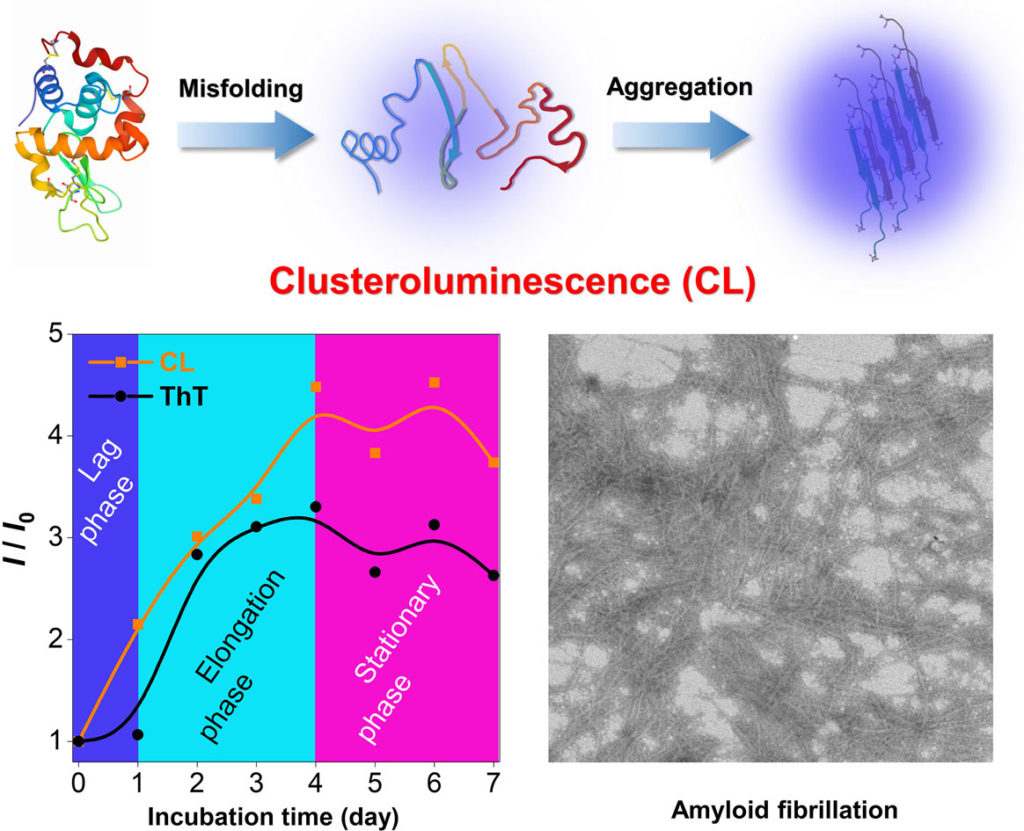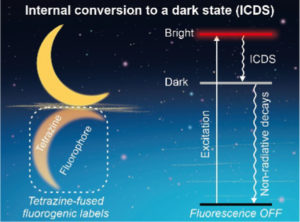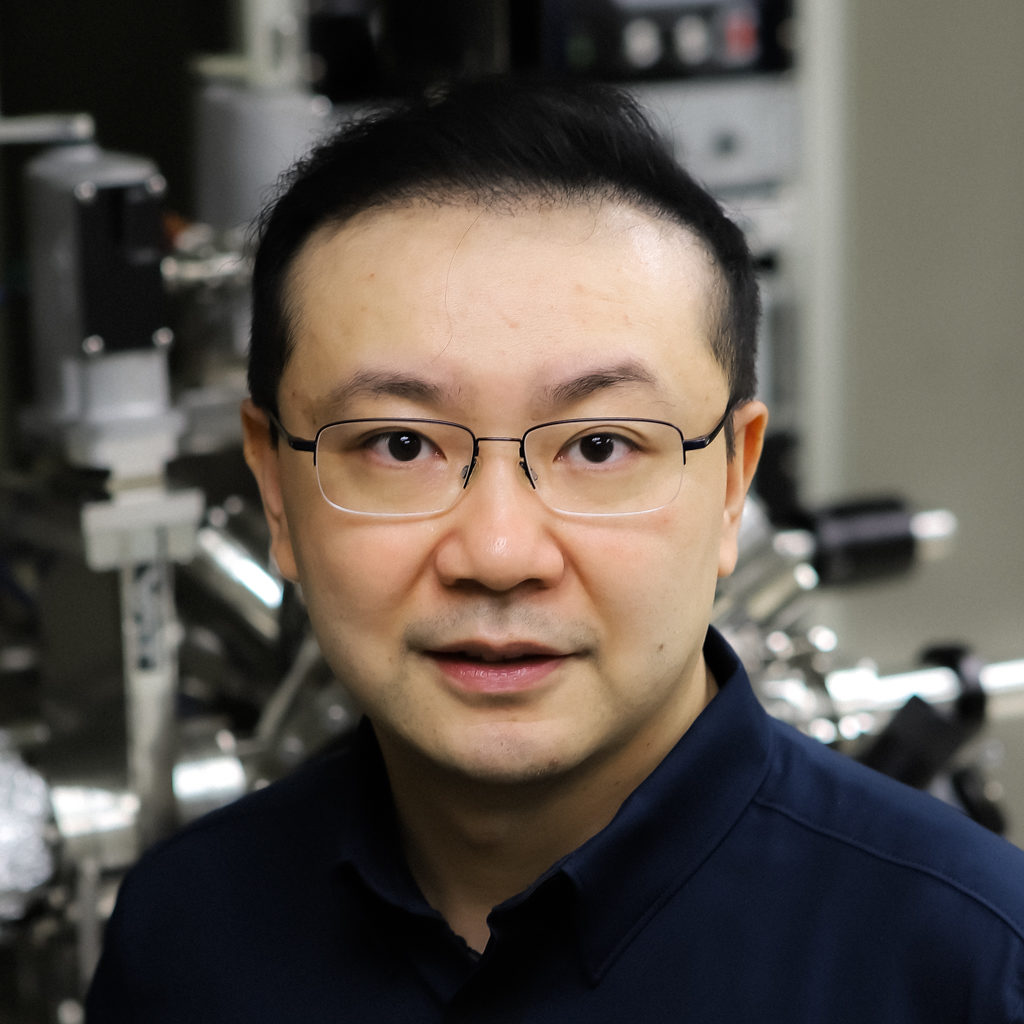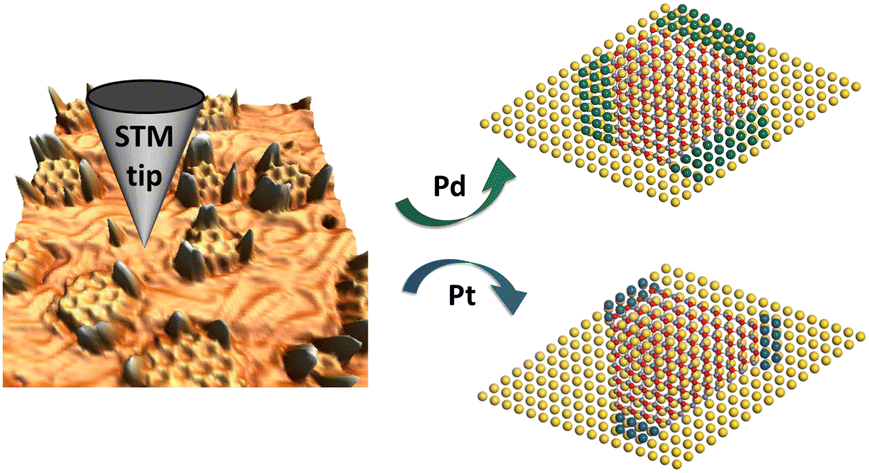Emerging Investigator: Haoke Zhang
 |
2012–2015 Zhejiang University M.Eng. 2008–2012 Zhengzhou University B.Eng.
|
Read Haoke Zhang’s Emerging Investigator Series article in Materials Chemistry Frontiers and learn more about him.
| In situ monitoring of protein aggregation via clusteroluminescence | ||
|
|
The protein aggregation is successfully monitored using the intrinsic abnormal visible emission at the clustering state, namely clusteroluminescence (CL). |
|
 |
||
| From the themed collection: Frontiers Emerging Investigator Series | ||
| The article was first published on 30 Dec 2022 | ||
| Mater. Chem. Front., 2023, 7, 713-719 | ||
| https://doi.org/10.1039/D2QM01032A | ||
My research interests
| Key words: through-space interactions, clusteroluminescence, aggregation-induced emission |
| My research interests focus on the mechanistic study of clusteroluminescence (CL) which is the nonconventional luminescence at the clustering state from non-conjugated structures, with the goal of systematically studying the aggregate photophysics based on through-space interactions. Based on the new theories, we are committed to designing high-efficiency and long-wavelength luminogens with CL properties and developing their biological applications, such as bio-imaging and monitoring of biological processes. |
10 Facts about me
| I published my first academic article in J. Mater. Chem. C., published by the RSC.
An accomplishment I’m particularly proud of is having organized the 1st International Conference on Clusteroluminescence (ICC). I am most passionate about my work in developing novel materials because I can create new things from nothing. One of my dreams is to pursue pure and free academic research without external “noise”. The motivation for my academic career is an irreparable Walkman in my childhood. My favourite sport is swimming. My favourite book is Ordinary World. If I were not a scientist, I would be an aerospace engineer. If I have a half-year holiday, I will go on a self-drive tour through Xinjiang and Tibet with my family. The most important thing I learnt is self-discipline. |















